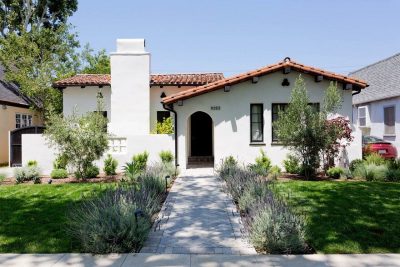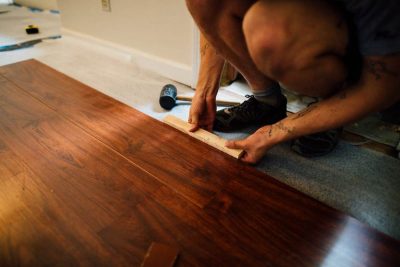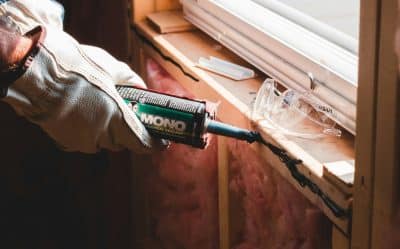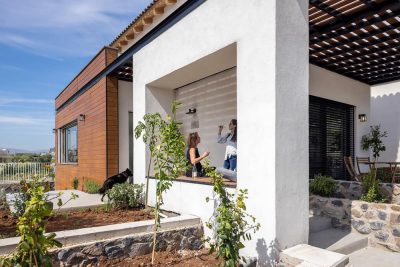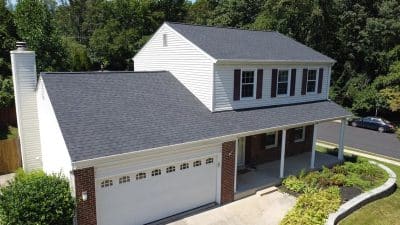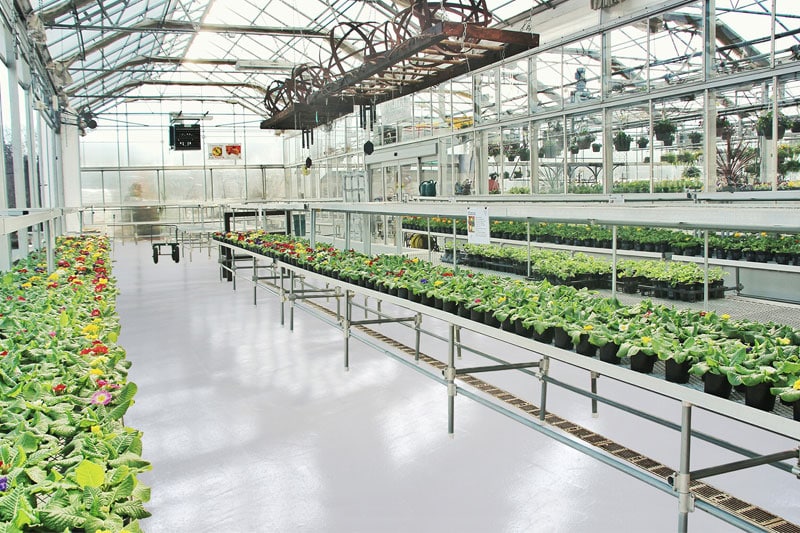
Building a grow room is an exciting time. However, there are certain specifications you need to make early on to determine the long-term success of your grow operation. No matter what you choose to grow, your grow room design needs to find an ideal flooring solution that will work for you, your grow, and your personnel. You may not think about it often, but the flooring in your space is one of the most important decisions you’ll make.
But how do you know which flooring to choose? If you’re new to the grow room construction business, it may seem like you have almost too many options. But when you do your research, you’ll find that more grow rooms are using epoxy flooring for their flooring needs. Why is this? Well, we’re going to discuss that here as we take a closer look at epoxy flooring and why this should be your top choice for grow room flooring.
What is Epoxy Flooring?
Also known as resinous flooring or polymer flooring, epoxy flooring is a popular choice for many different types of projects. Due to the durable nature of this material, its strength, and resistance to water and stains, epoxy flooring succeeds in many different applications. And with a smooth finish without cracks, it’s much easier to clean this type of flooring to maintain quality sanitation levels throughout your grow room. The smooth, glossy finish doesn’t just look great, but it also makes it easier for employees and equipment to move about the space.
But what exactly is epoxy flooring?
Epoxy flooring is a two-part mixture that consists of both resin and a hardener. The epoxy is then poured out over concrete, wood, or tile, or any other common industrial floor surface. As the chemical reaction between the resin and the hardener occurs, this creates a bond to the substrate and forms a smooth, hard plastic surface. This curing process is fast and convenient and will leave you with a glossy, smooth, and safe flooring solution for your grow room.
What is Epoxy Resin Used For?
One of the reasons that epoxy flooring has become so popular in recent years is due to its wide range of applications. But epoxy resin isn’t just used for flooring. In fact, there are many additional uses for this unique and powerful material.
Epoxy resin is also commonly used for:
· Industrial epoxy coatings.
· Flooring.
· Non-skid coatings.
· All-purpose adhesive.
· Fiver-reinforced plastics.
· Binder in cement and mortar mixes.
As you can see, epoxy flooring is just the beginning when it comes down to how you can use epoxy resin for construction and manufacturing projects. As a strong, durable, and versatile material, epoxy resin is truly a unique and vital material.
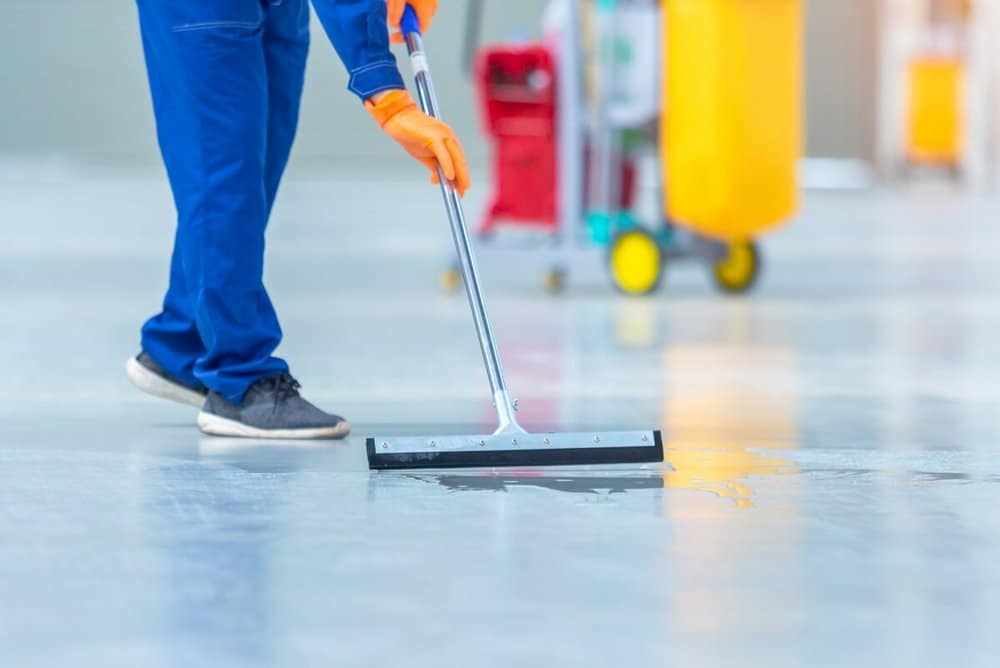
Why Should You Use Epoxy Flooring for Your Grow Room Flooring?
You have options when it comes to the flooring in your grow room. But this is also an important decision that you shouldn’t take lightly. Once you’re set up and operational, it becomes very costly and time-consuming to change your choice in flooring. But if you go with epoxy flooring, you won’t have to worry about any concerns.
Here are some of the top reasons why you should consider epoxy flooring for your grow room (or any other project):
1. Strength and durability: epoxy flooring is the highest strength resin that you’ll find on the market. And due to its unique flexural strength, epoxy floor paint is stronger than even concrete flooring. It’s also tough and durable so you won’t have to worry about continually making costly repairs.
2. Easy to clean and maintain: unlike tile or wood flooring options, epoxy flooring is created with a special chemical bond that is poured and then cured over the space. As the material cures and hardens, you’re left with a smooth surface that doesn’t offer any cracks or seams for dirt to accumulate in. This careful installation process leaves you with a smooth flooring surface that is easy and fast to clean and takes hardly any maintenance time out of your day.
3. Cost-effective flooring: when constructing a grow room, your budget is always a high priority. This is just another reason why so many builders opt for epoxy flooring. Compared to other options, epoxy floor paint is much more cost-effective and will even save you money in the long-run with fewer maintenance requirements. Save on both time and money—what could be better?
4. Safety: safety should also be a top priority for your grow room design and construction. With anti-slip epoxy floor coating, your floors will never be safer for both equipment and your employees. Since this material is also easier to clean, you can cut back on your use of heavy industrial cleaning chemical, another way to make your space even safer.
5. Clean, smooth finish: while looks aren’t everything, you’re certain to love the final result of the smooth and clean epoxy flooring throughout your grow room. Without any seams or cracks, you’ll be crafting a professional looking floor for your space—one that you’ll want to show off.
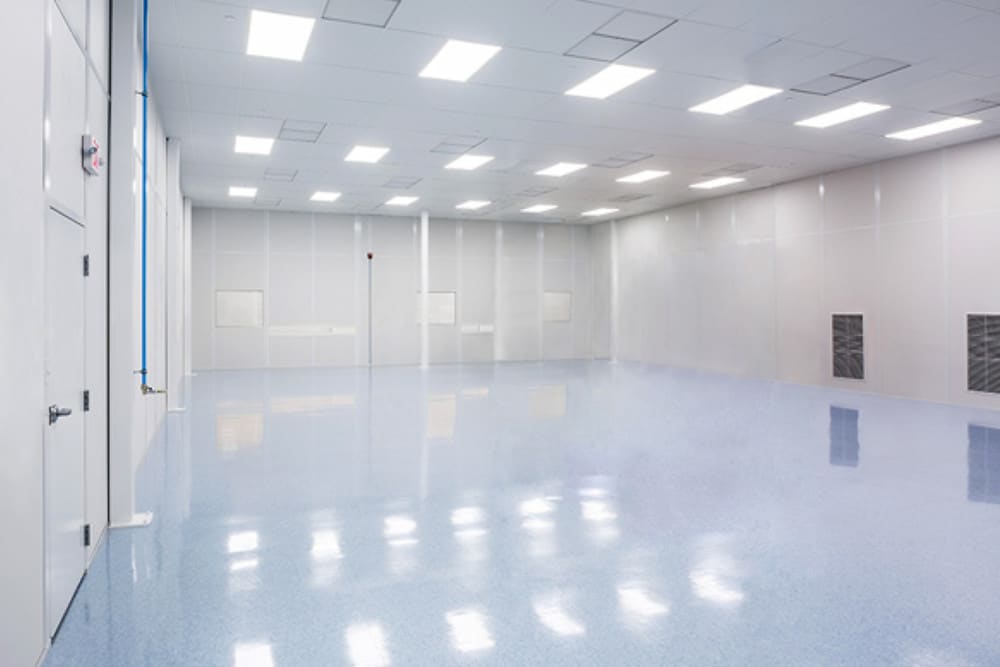
Conclusion – What Should I Use for My Grow Room Flooring?
When you’re designing your own grow room, there’s a lot of things to keep track of. With choices like insulated metal panels, rolling benches, and lighting solutions, don’t forget to look down and remember your grow room flooring.
Compared to other flooring options, like concrete or wood, there are many benefits to utilizing epoxy flooring for your grow room space. Epoxy resin is tough, durable, and creates a smooth, seamless finish throughout your grow room. This smooth finish ensures that your flooring will be safer and much easier to clean—saving you time and money in the big picture. Looking for a way to create the most effective grow room operation possible? Don’t forget what’s beneath your feet. Go with epoxy flooring.


